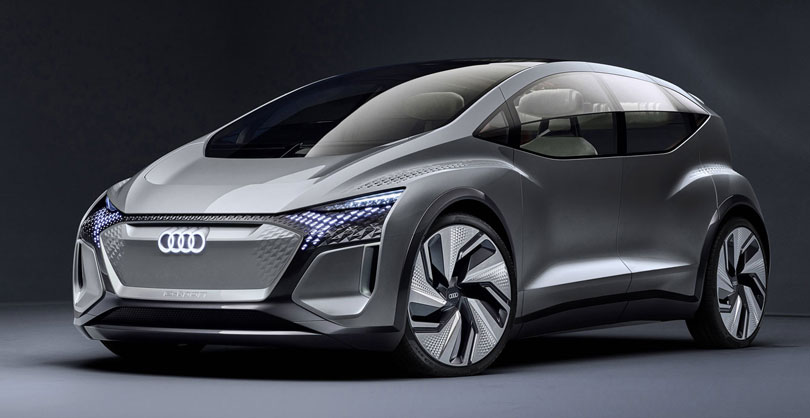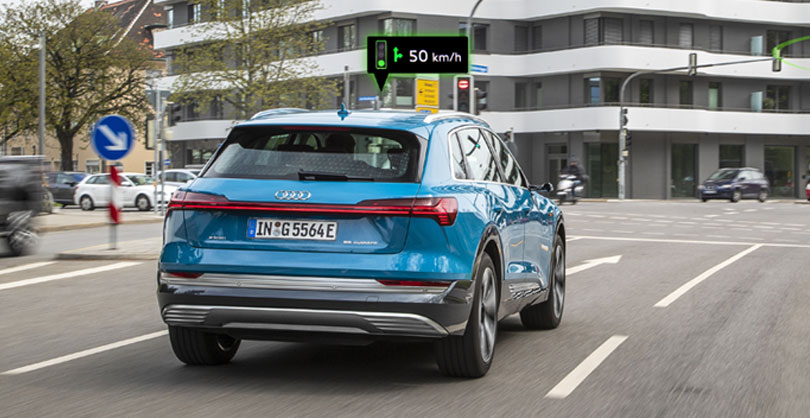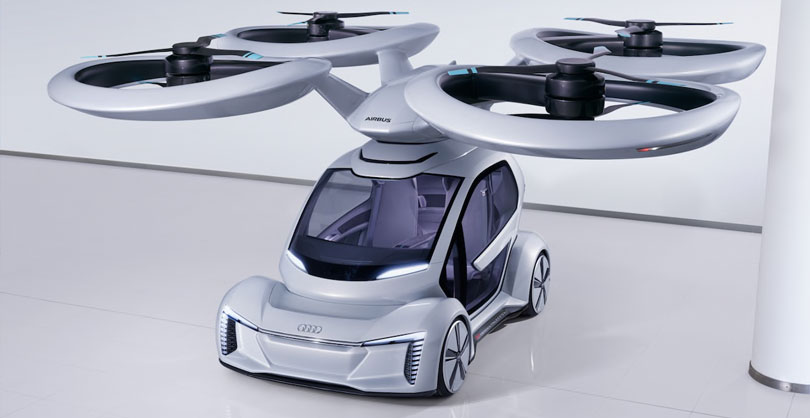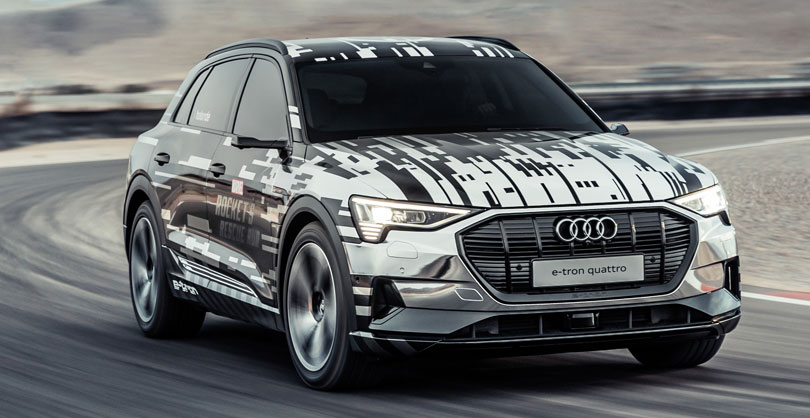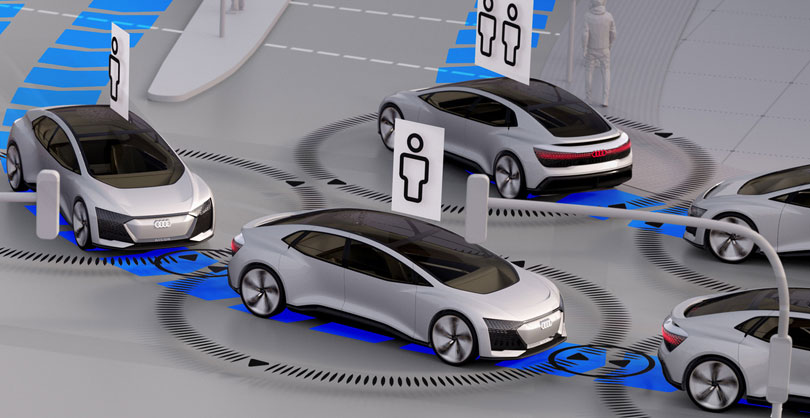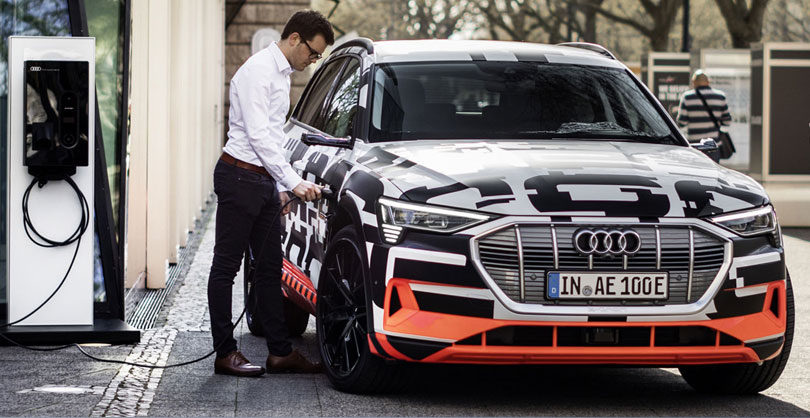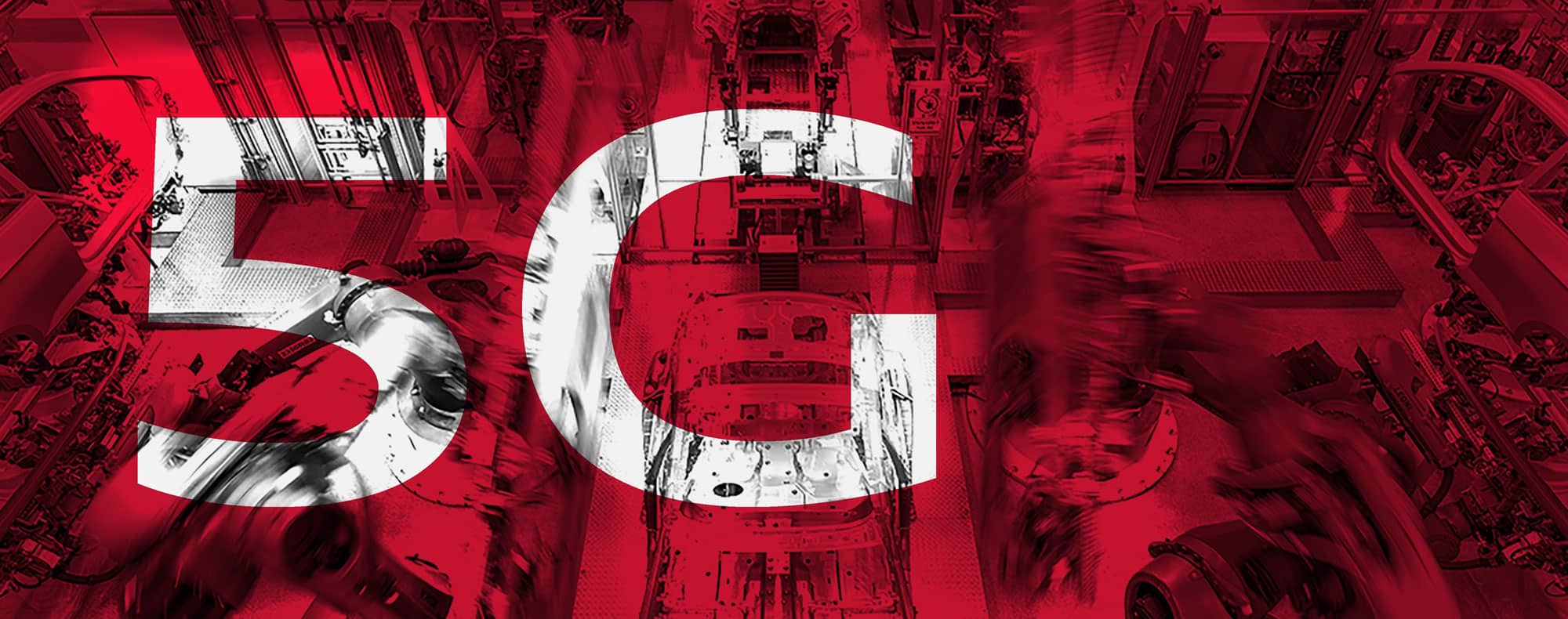
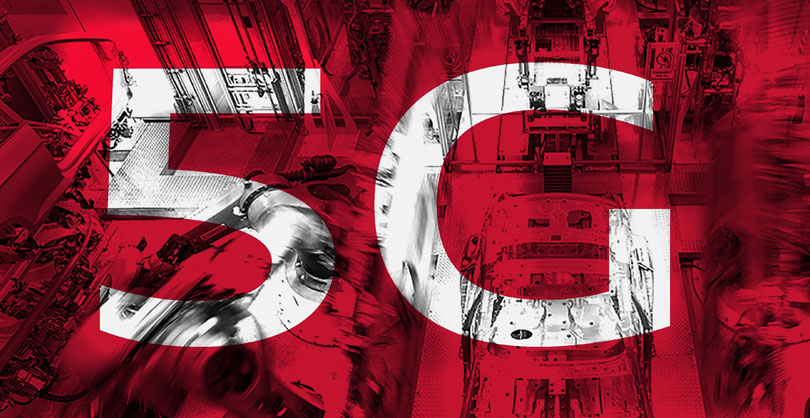
AUDI AND ERICSSON TO PIONEER 5G FOR AUTOMOTIVE MANUFACTURING
Premium automobile manufacturer Audi and 5G innovation leader Ericsson (NASDAQ: ERIC) are announcing plans to pioneer the use of 5G technology for automotive production. At Audi’s headquarters in Ingolstadt, Germany, the two companies agreed on a range of activities exploring the potential of 5G as a future-proof communication technology that can meet the high demands of automotive production. Audi and Ericsson have signed a Memorandum of Understanding (MoU) and in the coming months, experts from both companies will run field tests in a technical center at the “Audi Production Lab” in Gaimersheim, Germany.
Frank Loydl, Chief Information Officer at AUDI AG, says: "The fully networked factory will have a significant impact on the production of the future. A powerful network architecture that can respond in real time is of decisive importance for us. As part of the project with our partner Ericsson, we are testing the opportunities offered by 5G technology for industrial applications in the smart factory." In addition to the Ingolstadt plant, Audi and Ericsson are exploring whether 5G can be used in other Audi Group factories.
Erik Ekudden, Group CTO at Ericsson, says: “Ericsson is already running 5G industry programs all over the world to help manufacturers boost productivity and create new business opportunities. This project is a great opportunity to see what is possible when we bring 5G into an automobile production environment to truly enable smart wireless manufacturing.”
5G is the next-generation of mobile communications, which will extend the performance of today’s mobile networks to serve the future needs of consumers and industries. 5G networks will deliver a better and faster broadband experience for consumers, while for businesses 5G will be an enabler to open up new applications for everything from connected vehicles to the smart factories of tomorrow.
The technology has many network characteristics that are essential for Industry 4.0 with increasingly flexible and complex production processes. It allows for faster data throughput rates and more network capacities, as well as promising highly secure availability. Moreover, ultra-low latency ensures fast response times between equipment in the factory system.
In the first phase of the project, Audi and Ericsson will test a latency-critical application using wirelessly connected production robots that are equipped with a gluing application – a commonly used technique in auto body construction.
The planned infrastructure at the technical center in Gaimersheim will include the implementation of 5G technologies in a simulated production environment that mirrors those of Audi’s plant in Ingolstadt and other locations. The laboratory will be equipped with Ericsson's Proof-of-Concept (PoC) network which is an open trial facility to enable early deployments of 5G technology. The network is designed to integrate alternative or complementary technologies to the ones currently in use, including WiFi or wireless LAN, or wired (Ethernet) connectivity of production components.
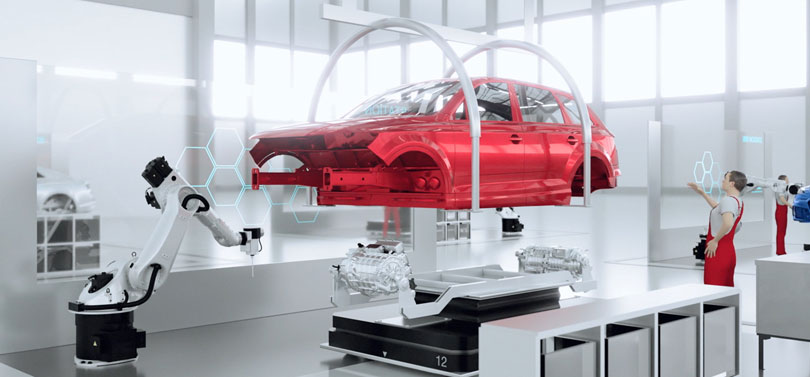
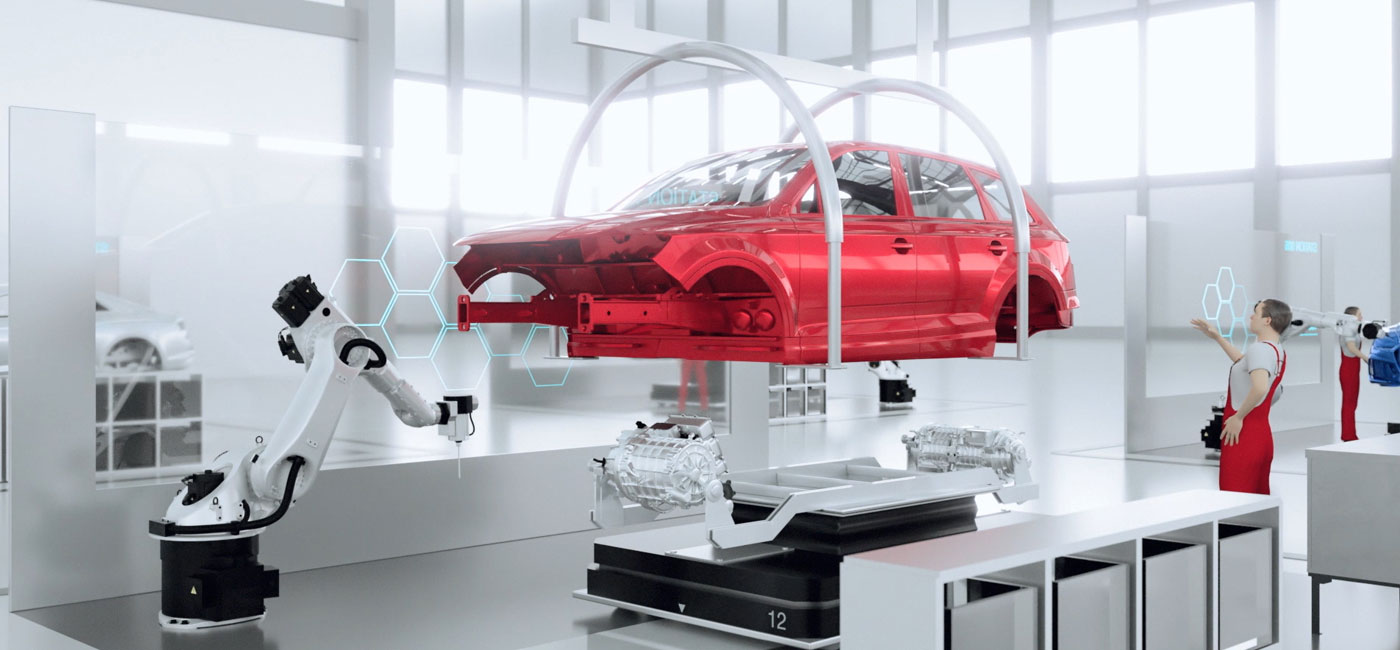
5G: ERICSSON, AUDI AND SICK PRESENT HUMAN-ROBOT INTERACTION IN REAL TIME
>> Ericsson booth at the Hannover Messe with 5G network and human-robot interaction in real time
>> A joint research project of Ericsson, Audi and Sick
>> Secure collaboration between humans and machines thanks to low end-to-end latency
An exciting demonstration at the 2019 Hannover Messe, where humans and machines work hand in hand: The Swedish network supplier Ericsson has brought a 5G network to its booth and is presenting, together with Audi and Sick, human-robot interaction in real time. A wireless production robot interacts with visitors there. The research project can be experienced at the Ericsson booth in Hall 8 of this year’s Industry 4.0 exhibition.
In the future, wireless production robots and employees will work hand in hand. Real-time interaction is essential for smooth collaboration. The key to this is 5G technology with its low latency, i.e. end-to-end delays of less than ten milliseconds, and its high level of network stability. As a result, interaction between humans and machines is made even safer thanks to 5G. The playful demonstration at Ericsson’s Hannover Messe booth is an example for the interaction in a factory. The robot has sensors connected to the 5G network. As soon as a visitor stretches his hand towards the robot, this is detected by those sensors. The robot then hands the guest a packet of mint sweets. “In the future, 5G will be essential to allow flexible, wireless robots to interact reliably and safely with people in production environments,” explains Jan-Peter Meyer-Kahlen, Head of the ICT Development Center Eurolab Aachen. “Because a robot connected via 5G can react to humans in real time only with extremely low latencies and very high availability.”
“The human-robot interaction at the Hannover Messe is just the beginning. With the introduction of 5G in car production, we are gaining completely new possibilities for connecting machines via radio,” says Dr. Henning Löser, Head of the Audi Production Lab, in which Audi has been testing a local 5G network for vehicle production together with Ericsson since August 2018. “We are absolutely convinced of the potential of the new technology. That’s why we want to set up an in-house 5G network that will facilitate agile and flexible production in the future.”
Sebastian Heidepriem, Head of Wireless Technologies at SICK AG, explains: “In connection with wireless industrial communication, 5G technology has key advantages for the use of our sensor solutions in various applications. This type of communication allows fundamental changes in software architecture for more flexible automation. That’s why we are evaluating 5G technology for industrial use. For example, we see an advantage in the fact that industrial vehicles can use 5G not only inside production halls, but also outside, and worldwide on public roads. The example of a robotics application at the Hanover Fair demonstrates how humans and robots will be able to collaborate better in the future thanks to reliable communication with low latency.”
